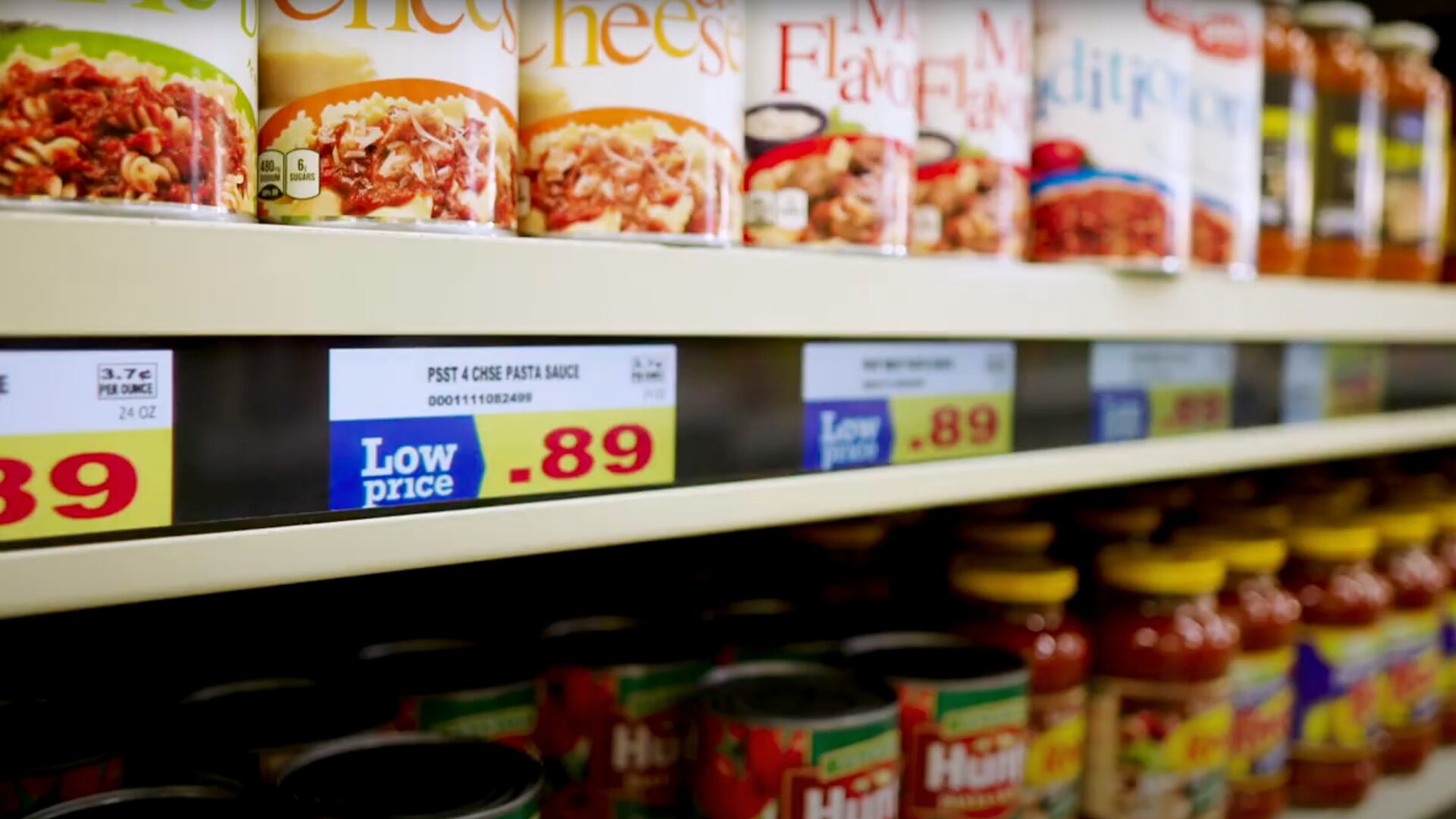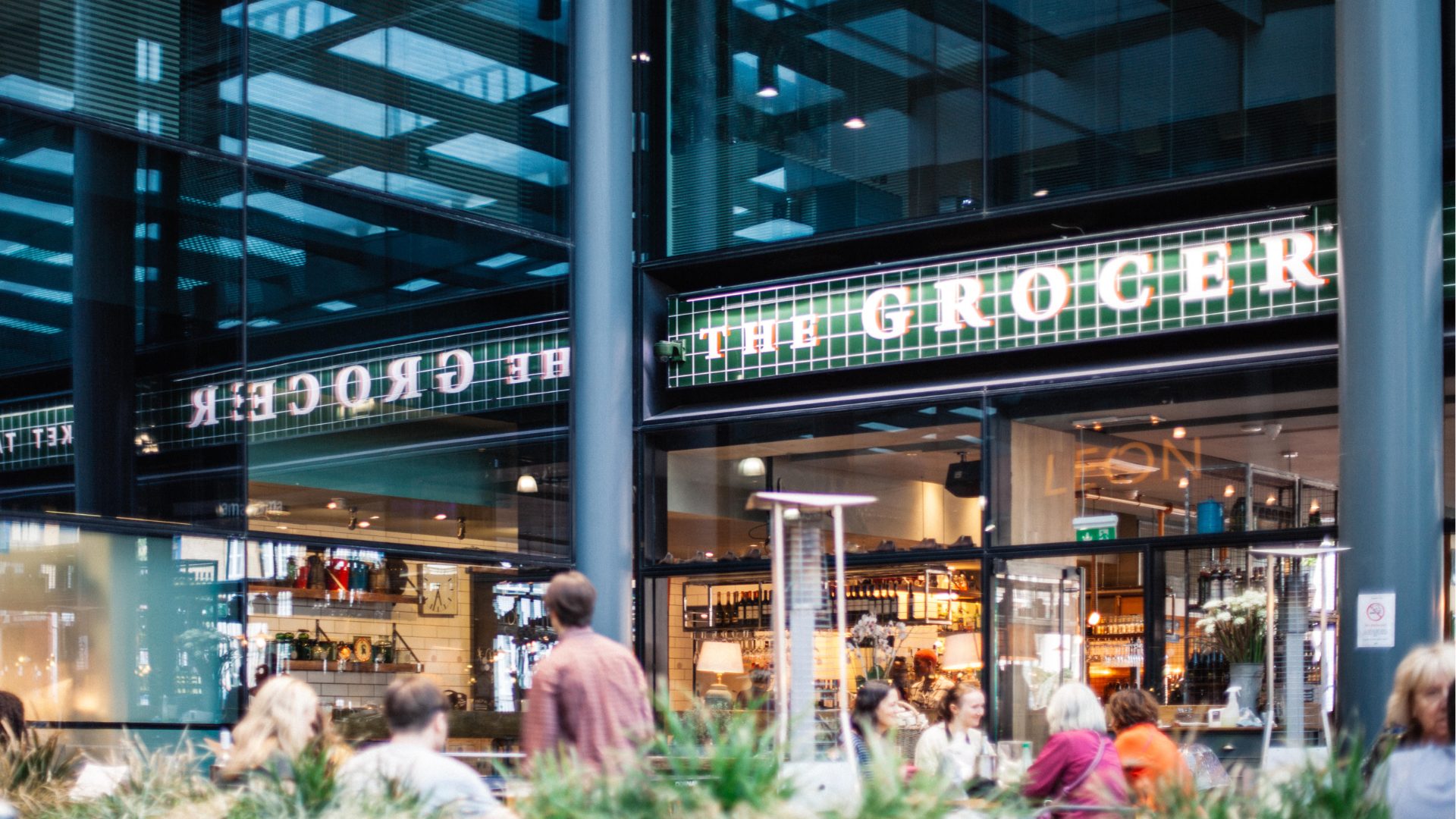Recently, Kroger’s electronic-shelf label device, which is called Enhanced Display for Grocery Environment (EDGE) Shelf, was called into question by Senators Elizabeth Warren and Robert P. Casey, Jr., according to an article by Grocery Dive.
The senators feel the ESL technology could allow the grocer to “abuse their power and surge grocery prices suddenly” at times when products are most in demand, according to the article. They also say that it threatens consumer privacy.
Many experts believe the opposite, however, and state that ESLs such as EDGE are actually a benefit for the consumer.
According to Robert Khachatryan, the CEO and founder of Freight Right Global Logistics, the ESL market was assessed to be worth between $1.02 billion and $1.31 billion in 2022. Projections indicate that this market could expand to a value ranging from $3.43 billion to $4.6 billion by 2032.
“I do feel that the assumption of price gouging is more based on suggestion because we have had some outlets suggest so and it ‘aligns’ with the flexibility of the technology,” Reilly Newman, founder and brand strategist at Motif Brands, told The Food Institute.
Benefits of ESLs for Consumers
According to Sam Vise, CEO at Optimum Retailing, ESLs are a win for consumers in several ways, including the following.
- ESLs make it easier for retailers to ensure that the prices shown on shelf are accurate.
- The labeling makes it easier for retailers to quickly respond to competitive pricing activities. So, if a retailer decides they want to consistently offer the lowest prices in a category, the ability to update prices in real-time helps them deliver on that promise.
- ESLs offer the chance for retailers to implement dynamic pricing. When most people hear “dynamic pricing,” they only think about prices increasing during periods of peak demand, but a strategic dynamic pricing system also means prices decrease during slower periods.
- ESLs eliminate the time needed for staff to manually change shelf labels.
ESL Tips for Retailers
Transparency and education are key as grocers attempt to get customers comfortable with ESLs.
“The recent controversy surrounding Kroger’s EDGE Shelf highlights the importance of transparency,” said Dr. Matt Hasan, solutions provider and consultant to the grocery sector at aiRESULTS.
Grocers need to prioritize clear communication about their pricing strategies and the benefits of ESLs.
Educational campaigns and in-store demonstrations can help bridge the gap, as most shoppers are more likely to trust technologies they understand, Khachatryan said.
“To increase customer comfort, grocers should consider implementing price comparison features on the ESLs, showing the price history of products, and providing clear explanations of how and why prices may change,” Hasan added. “They should consider … demonstrating their benefits in-store, and perhaps even allowing customers to interact with the technology through mobile apps for a more personalized shopping experience.”
The Food Institute Podcast
U.S. grocery retailers are facing regulatory scrutiny on pricing, ever-increasing shrink and a financially stretched consumer, but how can they adapt to these new market pressures? Supermarket Guru Phil Lempert joined The Food Institute Podcast to discuss the Kroger-Albertsons merger, the rise of private label, and more.











